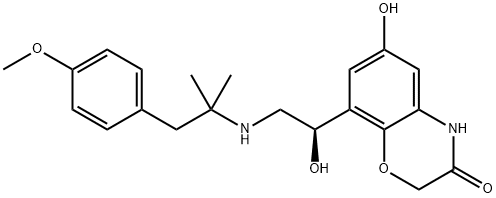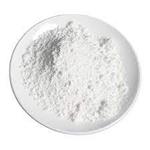In 2013, olodaterol (also known BI-1744 CL) was approved for the treatment of chronic obstructive pulmonary disease (COPD) in Russia (March), Canada (June), and the EuropeanUnion (October). Olodaterol is delivered via the Respimat? Soft Mist? inhaler. Olodaterol was discovered from an effort to identify a β2-adrenergic receptor agonist that could be given once daily and with a superior safety profile over known β2- adrenergic receptor agonists. Olodaterol is a potent β2 agonist (EC50=0.1 nM, intrinsic activity=88%) and is highly selective for the β2 receptor over β1 and β3 receptors. In preclinical models in guinea pigs and dogs, olodaterol had a rapid onset of action and provided bronchoprotection over 24 h. Mechanistic studies indicated that olodaterol forms a highly stable complex with the β2-adrenergic receptor, with a dissociation half-life of 17.8 h. The synthesis of olodaterol proceeds through an (R)-styrene epoxide that is prepared via enantioselective reduction of an α-chloroketone intermediate. Ring opening of the epoxide with 1-(4- methoxyphenyl)-2-methylpropan-2-amine provides olodaterol.
Boehringer-Ingelheim (European Union)
Olodaterol-d3 is labelled Olodaterol (O262000) which is a long acting b-adrenoceptor agonist used as an inhalation for treating patients with chronic obstructive pulmonary disease (COPD).
ChEBI: A member of the class of benzoxazine that is 6-hydroxy-1,4-benzoxazin-3-one in which the hydrogen at position 4 is replaced by a (1R)-1-hydroxy-2-{[1-(4-methoxyphenyl)-2-methylpropan-2-yl]amino}ethyl group. Used (as its hydrochloride salt)
for long-term treatment of airflow obstruction in patients with chronic obstructive pulmonary disease including chronic bronchitis and/or emphysema.



